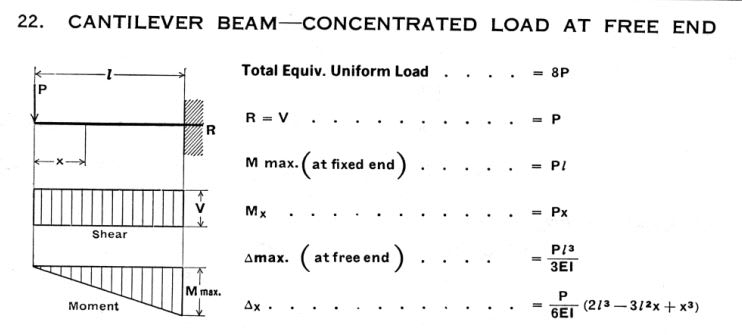Hi,
I meed some help on a very simple question.
For a pole -
After calculating wind pressure and multiplying it by the projected area to calculate the shear stress.
Where does this shear stress act? Is it at the centre of the pole?
Lets say im calculating the shear stress caused by wind pressure due to a sign on the pole. Is the shear stress located at the location of the sign?
Thus the moment is the centreline i.e. height from bottom of pole to centre of sign?
Or is the shear stresa enacted by the wind pressure at the bottom of the pole?
I meed some help on a very simple question.
For a pole -
After calculating wind pressure and multiplying it by the projected area to calculate the shear stress.
Where does this shear stress act? Is it at the centre of the pole?
Lets say im calculating the shear stress caused by wind pressure due to a sign on the pole. Is the shear stress located at the location of the sign?
Thus the moment is the centreline i.e. height from bottom of pole to centre of sign?
Or is the shear stresa enacted by the wind pressure at the bottom of the pole?

